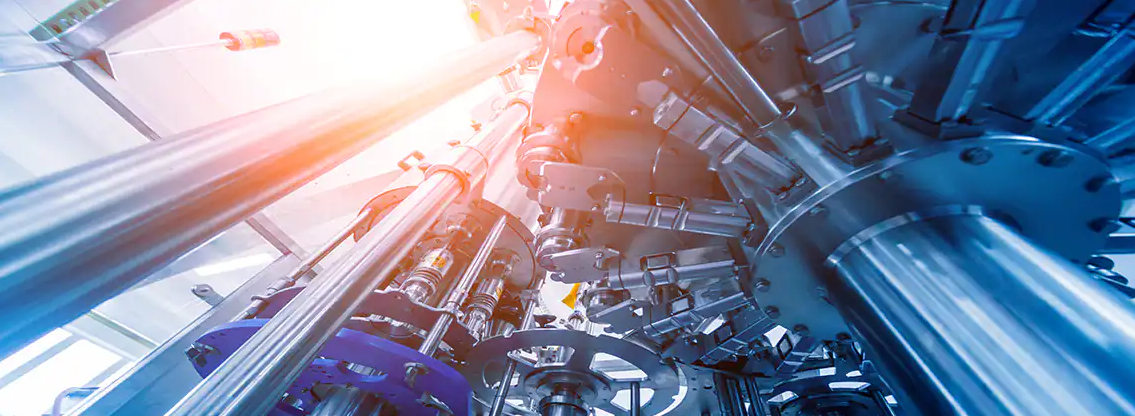Aluminum die casting is a popular manufacturing process that involves the use of a mold to produce identical parts or products in large quantities. The process involves injecting molten aluminum into a mold cavity, which then solidifies and is ejected from the mold to produce a finished product. The quality of the die casting mold is a critical factor in the success of the process, as it determines the accuracy, consistency, and quality of the final product. In this article, we will discuss some tips and considerations for designing the perfect aluminum die casting mold.
1. Choose the Right Material
The material used for the die casting mold is an essential factor that can significantly affect the quality and durability of the mold. The mold material should have high thermal conductivity, good wear resistance, and excellent thermal shock resistance. Aluminum, steel, and copper alloys are the most commonly used materials for die casting molds. Aluminum is lightweight, easy to machine, and has good thermal conductivity, making it an excellent choice for small to medium-sized molds. Steel is durable, wear-resistant, and can withstand high temperatures, making it ideal for large molds or high-volume production. Copper alloys offer excellent thermal conductivity and are ideal for high-speed, high-precision die casting.
2. Consider the Part Design
The part design is another critical factor that can greatly influence the mold design. The mold must be designed to accommodate the part\’s shape, size, and complexity, as well as any undercuts, fillets, or draft angles. The mold designer must work closely with the part designer to ensure that the mold can produce the desired part accurately and consistently. The mold designer should also consider the part\’s finishing requirements, such as surface texture, color, and gloss.
3. Optimize the Mold Design
The mold design should be optimized to minimize porosity, shrinkage, and distortion, which can affect the quality of the final product. The mold should have a uniform wall thickness, well-designed gating and venting systems, and a suitable cooling system to ensure consistent cooling and solidification of the molten metal. The mold should also be designed with proper ejection and clamping systems to prevent part sticking and warping.

4. Use Advanced Simulation Tools
Advanced simulation tools such as computer-aided engineering (CAE) software can help optimize the mold design by predicting the flow of molten metal, identifying potential defects, and optimizing the cooling system. These tools can also help reduce the number of physical prototypes required, saving time and costs in the design process.
5. Choose the Right Manufacturer
Choosing the right manufacturer is crucial to ensure that the mold is produced to the desired specifications and quality standards. The manufacturer should have experience in aluminum die casting and an extensive knowledge of mold design and production processes. The manufacturer should also have state-of-the-art equipment, quality control procedures, and a commitment to continuous improvement.
In conclusion, designing the perfect aluminum die casting mold requires careful consideration of several factors, including the material, part design, mold design, simulation tools, and manufacturer. By following these tips and considerations, manufacturers can produce high-quality, consistent, and cost-effective aluminum die casting products.
-

- Kolesarski deli in komponente iz magnezijeve zlitine za otroška potisna kolesa
-

- deli in komponente za kolesarske vzmetne vilice za MTB
-

- 2022 Veleprodajna vroča prodaja kolesarskih delov iz magnezijeve zlitine, otroško kolo brez pedala za ravnotežje, otroško kolo, več barv na voljo
-

- Kolesa za otroke Otroška kolesa za 3-16 let Otrok / OEM Otroško kolo Otroška gorska kolesa 2022
-

- Deli in komponente Thixomolding, obdelana srednja plošča mobilnega telefona
-

- Izdelana srednja plošča za Macbook po meri izdelanih kovinskih delov

 0086-750-5616188
0086-750-5616188 +86 13392089688
+86 13392089688 sales@zhongmei-tech.com
sales@zhongmei-tech.com







